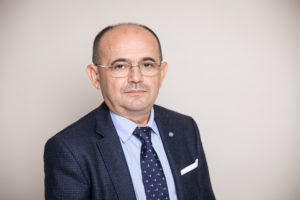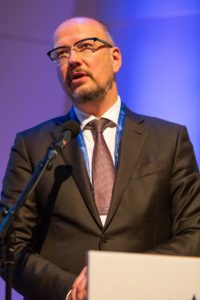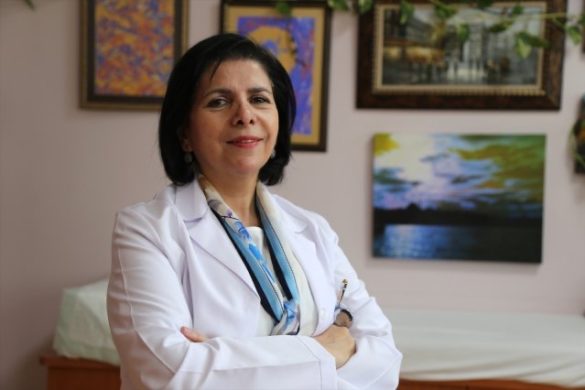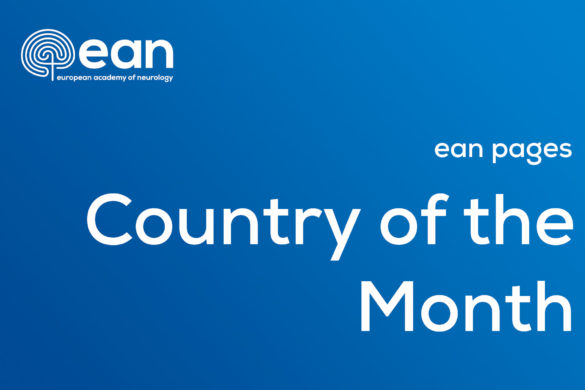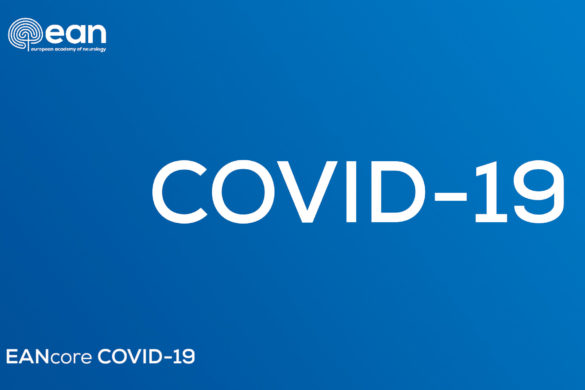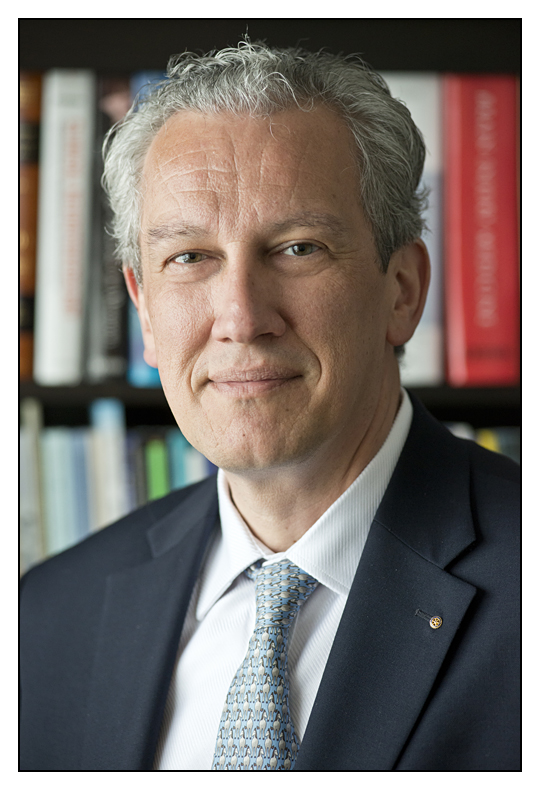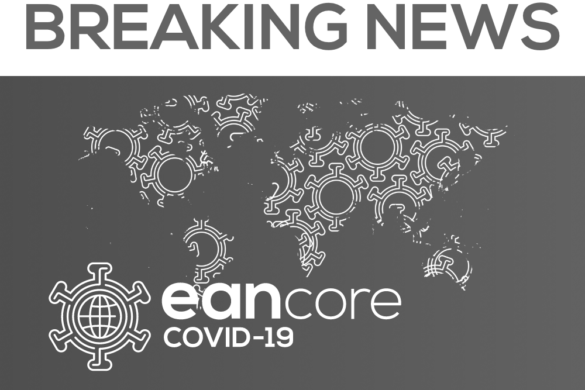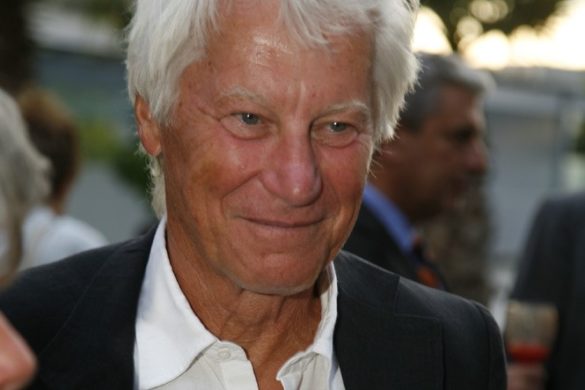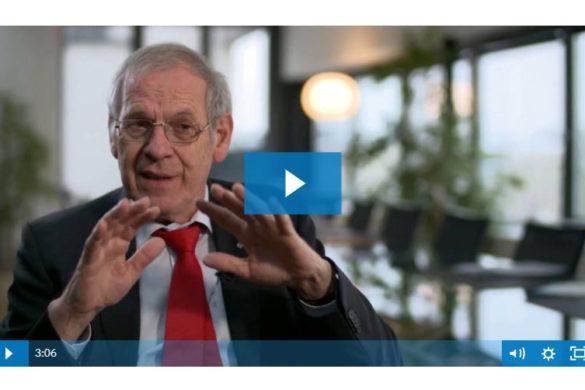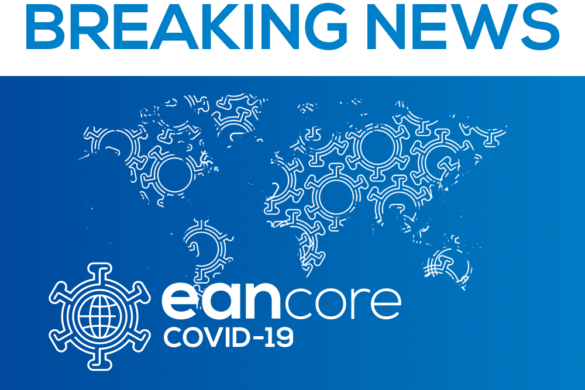Prof. Dafin Muresanu
Inteviews
Prof. J. Van Goethem, President of the European Soceity for Neuro Radiology
Dear Prof. Van Goethem,
Thank you for accepting this interview.
Could you illustrate to the EAN readers the structure and aims of the ESNR?
ESNR, the European Society of Neuroradiology, is with 5,000 members Europe’s leading radiological subspecialty society. Founded in 1969 we are celebrating our 50th birthday this year. A wide range of diagnostic and interventional neuroradiological topics including brain and spine imaging, head and neck imaging and pediatric neuroradiology are housed under the ESNR umbrella. We promote and support training, teaching and research in all neuroradiological fields among others by organizing several teaching courses, providing travel and research grants to young neuroradiologists and by organizing several prestigious prizes awarding young researchers. ESNR is organized and directed by several committees open to its individual members and overseen by an Executive Committee elected by ESNR’s membership. Administration and daily management is handled by our Central Office located in Switzerland.
ESNR addresses a diagnostic as well as interventional approach. Can you explain this in light of a possible cooperation with the EAN representing the clinical side of neurology.
Diagnostic neuroradiology is pivotal in the workup of many neurologic patients. But also interventional neuroradiology plays a key-role these days. In stroke, for example, neuroradiology not only helps in triage and neurologic management of these patients but also in their treatment. Thrombectomy is a new tool and a major step forward in the treatment of ischemic stroke. ESNR organizes several stroke courses, by itself and in cooperation with other societies, in order to establish continuing education of interventional neuroradiologists. ESNR also established guidelines on Training and on Practice in Interventional Neuroradiology.
Among the goals listed on the ESNR website, the following is listed: To be actively involved in coordinating initiatives in education, research, training and practice How do you view this in light of the upcoming MoU with EAN?
ESNR is happy to be the preferred party on all issues involving neuro-imaging in educational and training initiatives from EAN. ESNR will also designate a representative within the Management group of the EAN Scientific Panel.
According to you, what will be the major benefit of the MoU with EAN?
By signing this MoU we give a clear signal both from ESNR and EAN that cooperation is the key to success. By working together in committees and panels and by organizing joint sessions at meetings and courses we will both benefit from each other’s knowledge and experience. Together we strive for excellent and improved patient care and in the end joining our forces will be beneficial for all patients.
Dear Prof. Van Goethem, thank you for this interview! On behalf of EAN I wish you and ESNR all the best and we look forward to a constructive cooperation.
Dafin Muresanu, Chair EAN Communication Committee

